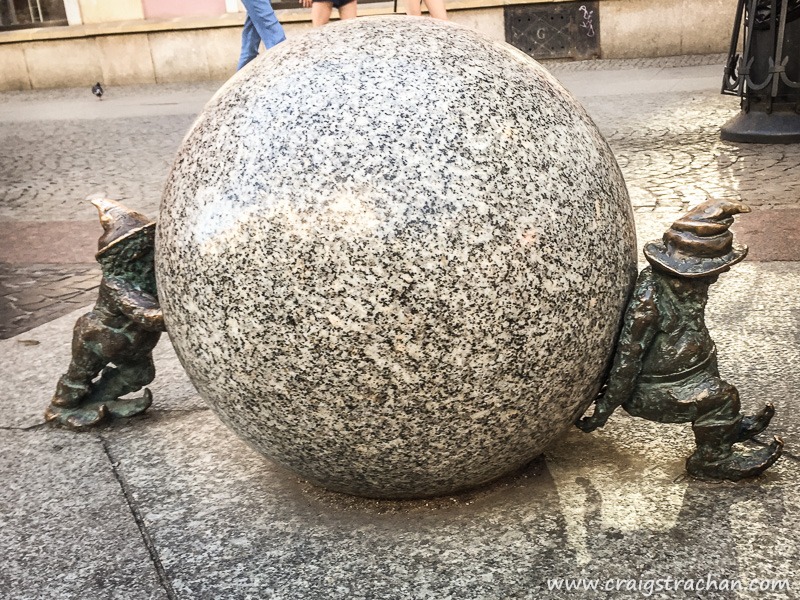
Firstly a disclaimer: I fully realise that the word dwarf is not an appropriate word to use, however in Wroclaw it is widely used to describe these small statues that are scattered throughout the city, and they have strong links with Polish history during the cold war.
The Orange Alternative was an anti-communist movement in Poland that started in Wraclaw. When the state paint over anti-communist posters, the Orange Alternative would paint a small dwarf. It was a peaceful form of protest the spread throughout Poland.
In 2001 a dwarf statue was unveiled to commemorate the movement, and they started to spread from there. Every dwarf has a full back-story, they are located on some city maps, and you can even download a mobile app to read about and spot the over 350 dwarfs.
Here are just some of the dwarfs that we found in Wraclaw.









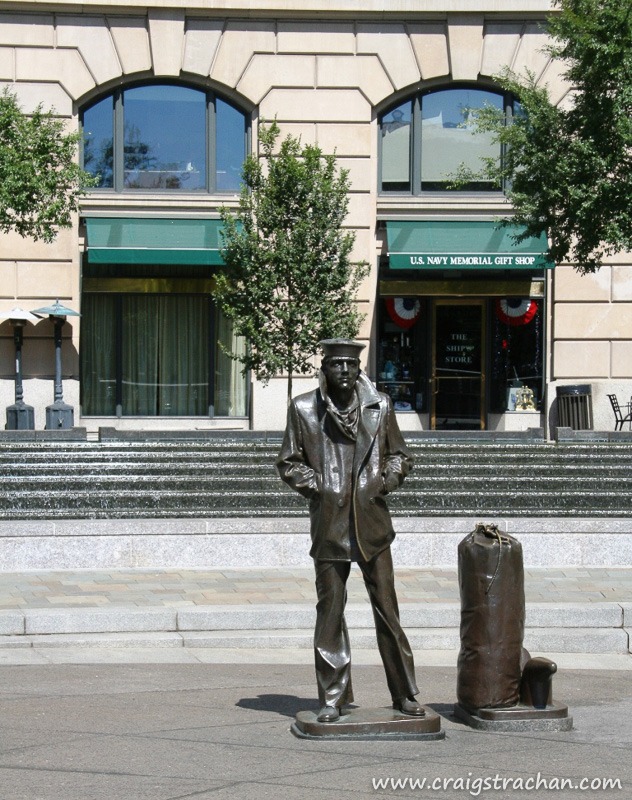

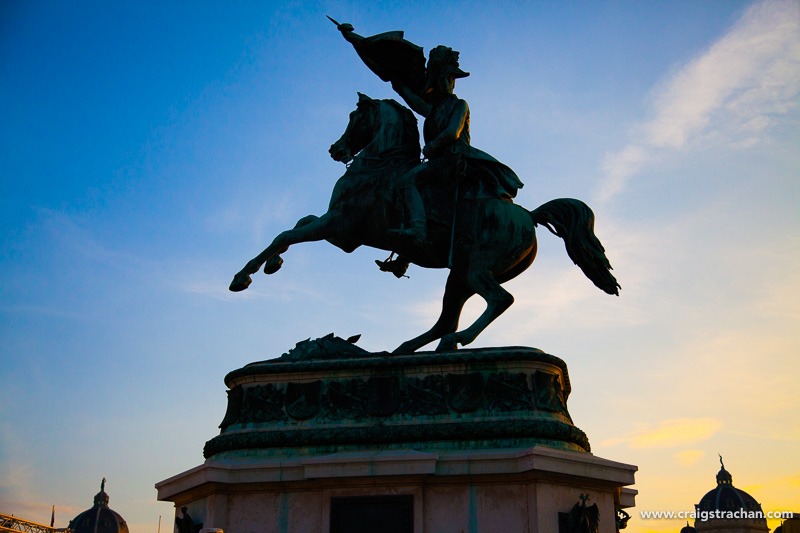
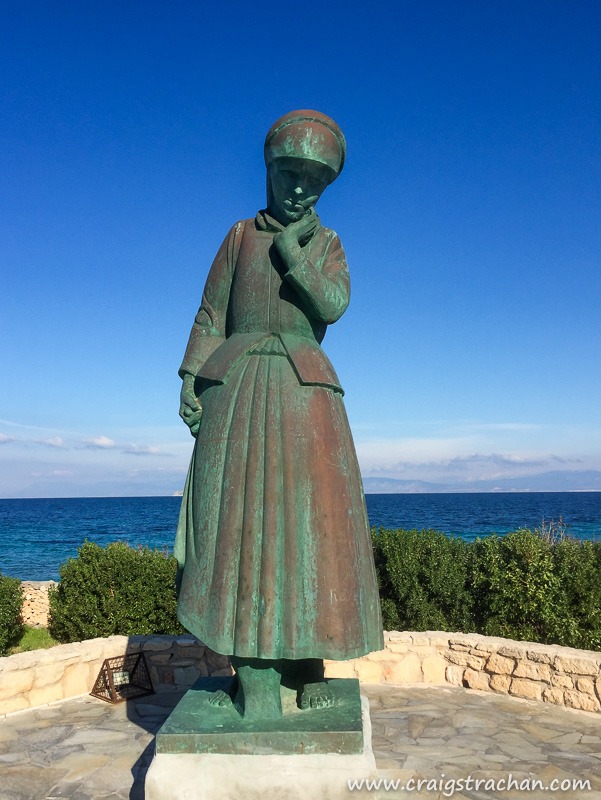



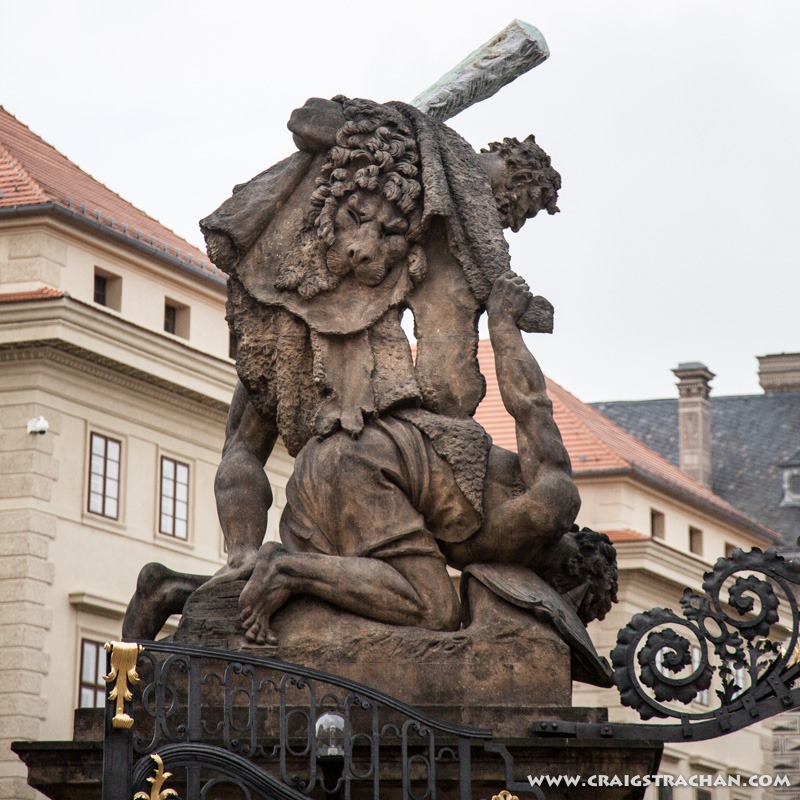


Leave a Comment